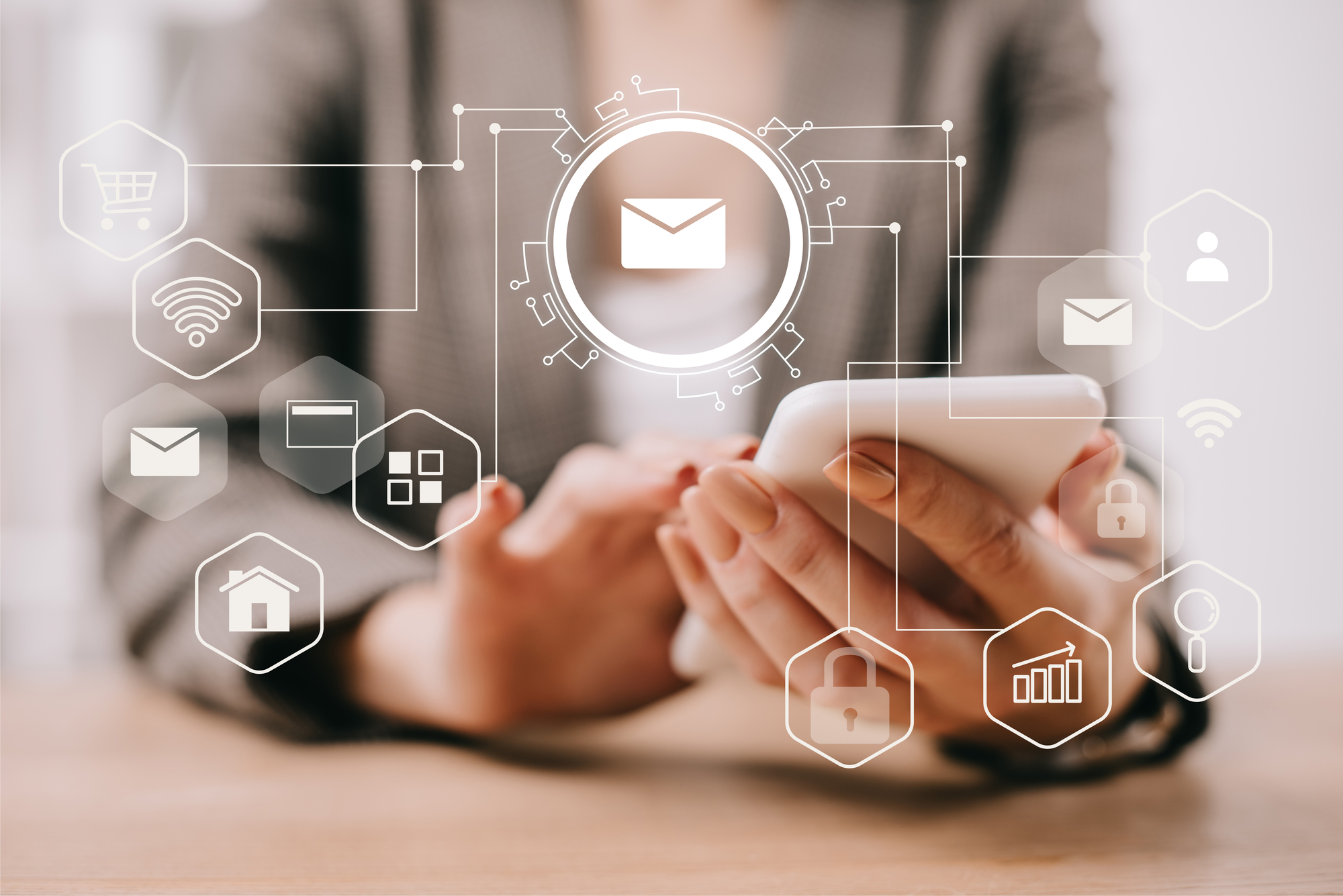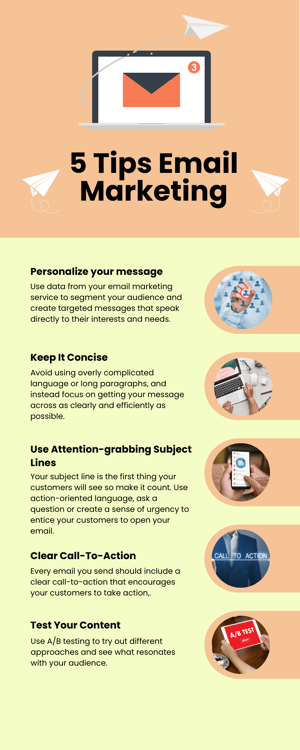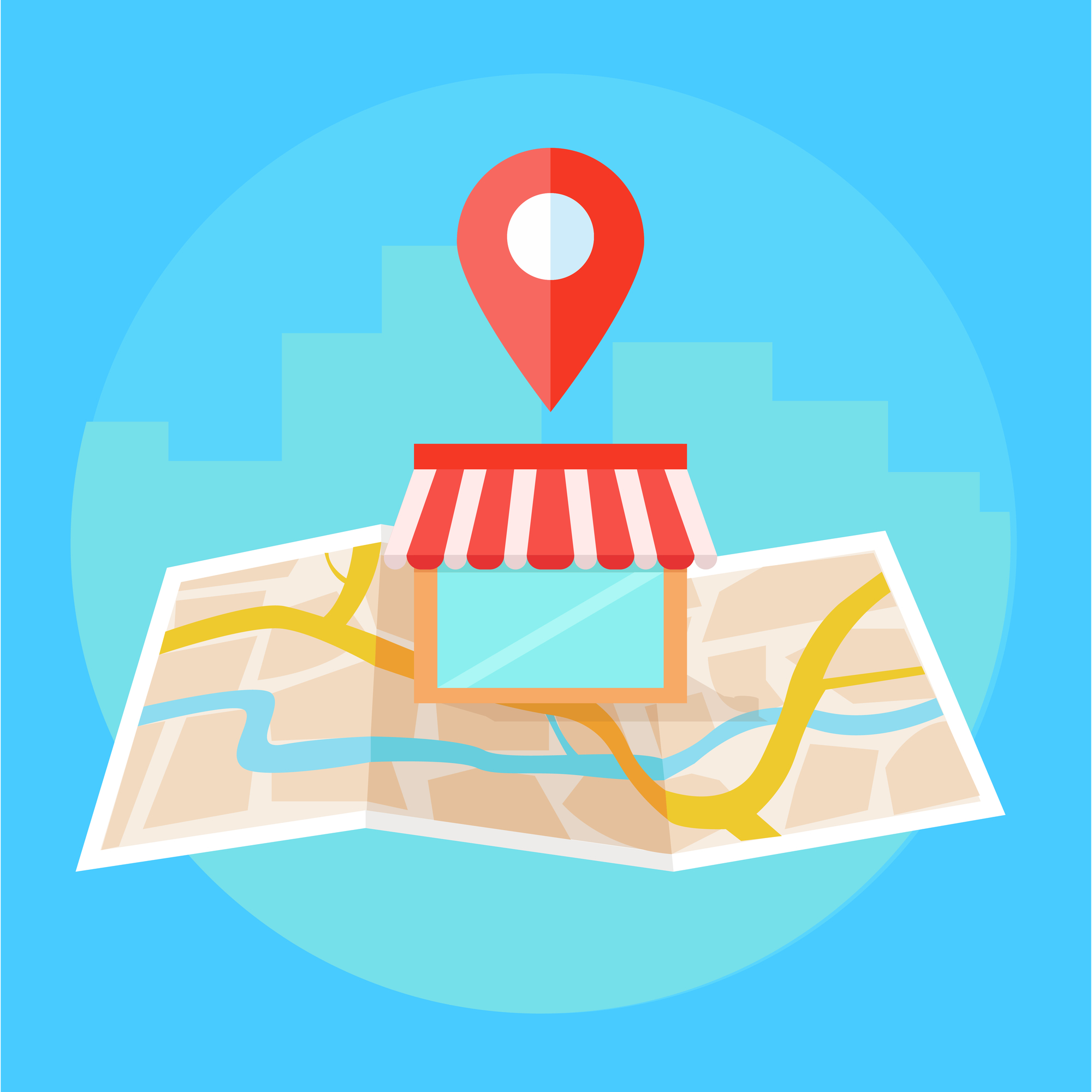How Consumers Find Content Online - Today vs. 2 Years Ago
The popularity of social media challenges is constantly changing as new platforms emerge.
7 min read
 Samantha Walls
:
May 1, 2023 11:50:00 AM
Samantha Walls
:
May 1, 2023 11:50:00 AM

With the rise of social media and other digital marketing channels, it’s easy to overlook one of the most effective tools in your marketing arsenal: email.
In fact, email marketing is far from dead. It remains one of the most cost-effective ways to reach your customers and drive conversions. If email marketing isn’t in your arsenal of tools, you likely have a number of questions like:
We’ll answer these questions and more so that you can feel confident about incorporating email marketing into your marketing strategy and giving your sales the boost they need.
Email marketing is a type of digital marketing that involves sending promotional messages or advertisements to a group of people via email. These messages may be intended to promote a product, service or event, or to build relationships with customers and encourage repeat business through education or engagement.
via email. These messages may be intended to promote a product, service or event, or to build relationships with customers and encourage repeat business through education or engagement.
Email marketing can be an effective way to reach customers and potential customers who have opted in to receive emails from a business. This is typically done by offering incentives or something of value, such as discounts or exclusive content, in exchange for their email address.
Once a business has built an email list, they can use email marketing tools to send targeted messages to different segments of their audience. List segmentation examples are customers who have made a recent purchase or subscribers who have shown interest in a particular product or service.
Email marketing campaigns can include a variety of content like newsletters, promotional offers, event invitations or surveys. The success of an email marketing campaign can be measured through various metrics like open rates, click-through rates and conversions.
As we mentioned above, you can often get a customer’s email address in exchange for something valuable, such as an eBook, checklist, white paper, video tutorial, how-to video or buyer’s guide. There are many additional ways to build your email list as well. These include:
All these methods to build your email list have one thing in common: Recipients have to opt in to receive your emails. Prospects have already shown interest in the type of product you are selling or the service you are providing, but you don’t want to turn off a potential customer by sending emails they didn’t want in the first place.
With any content piece that you offer, it’s also important to lead users back to a landing page where you can acquire their email addresses in exchange for the offer.
While these are all great ways to build your email database, there is one strategy you SHOULD NOT implement. There is some debate on whether businesses should “buy” email addresses. In general, we do not recommend purchasing email lists from a vendor. People whose information is on that list don’t know you, don’t know your product and likely aren’t looking for your service.
Sending emails to purchased lists can also damage your email server’s reputation. Since you will likely be using an email platform, such as Hubspot, Mailchimp etc., to deliver these emails, you will certainly end up with a lot of hard and soft bounces and unsubscribes. Do this a couple of times, and your email provider will likely shut down your account.
In other words, it’s a waste of money, and it can hurt your reputation since email providers will ask if your contacts have legally opted in to receive emails from you. Since you cannot guarantee those policies were enforced when your email provider generated the purchased list, you’ll have to lie in order to get them uploaded.
So now you’ve wasted money, lied and are about to hurt your email provider’s reputation since a large percentage of email addresses who receive your emails, as we just described above, will receive a hard or soft bounce. You’ll also likely see a large number of people unsubscribe.
You are far better off building your email list organically through an inbound marketing strategy that allows you to build customer relationships through creating content and your social media channels.
Valuable content is key to successful email marketing. If you want to generate leads for your sales team through email marketing solutions, you must have high-quality content and an attention-grabbing subject line.
Here are some five tips for creating content and subject lines that will grab your customers’ attention and drive engagement:
By following these tips and staying attuned to your customers’ needs and preferences, you can create email content and subject lines that drive engagement and help you achieve your marketing goals.
Measuring the results of your email marketing strategy is crucial to ensuring your campaign is working. Your results will also inform you on whether you may need to make any adjustments to see better results with your email campaigns.
So how do you measure results? Through key performance indicators (KPI). KPI’s are quantifiable measurements or data points used to gauge your company’s performance relative to a goal.
Important key metrics to use when evaluating the effectiveness of your email marketing campaign include:
You may not need all of the KPIs above to know whether your email marketing campaign is effective. However, the above indicators provide a thorough look at how an email performs so that you can modify your strategies to get the outcomes you want.
Now the big question: Do I need email marketing services or can I do it myself? As a business owner, you’re constantly juggling a long list of responsibilities, from managing employees and finances to developing new products and services. With so much on your plate, it can be tempting to try to handle email marketing in-house.
And while it may seem all you’re doing is sending out a few emails a month, it’s actually a more complex and time-consuming process than most may realize.
For example, you first need to figure which mail service is best for you. There are many email marketing software options on the market, from Mailchimp to Constant Contact and AWeber. The best email marketing software will depend on what you need as a business. Some are easy to use and others offer advanced features.
Then you need to set into motion a plan to collect email addresses for your list and develop high-quality content that will drive engagement. You also have to develop a content calendar for your email marketing campaign and use key performance indicators to track how well your campaigns are performing.
Specialized email marketing services can handle all of these tasks for you above, but the best ones will take your email marketing one step further by incorporating it into an overall inbound marketing strategy.
A successful inbound marketing strategy helps you stand out in a competitive market and focuses on solving problems and providing answers. The inbound marketing methodology is based on growing your business through meaningful, lasting relationships with consumers, prospects and new customers, and uses the inbound marketing tools above to help accomplish this goal.
There are three phases in the inbound marketing methodology:
Email marketing can be used in all three of these phases of the inbound marketing methodology.
In the attract phase, email marketing can be used to drive traffic to a website or landing page by offering valuable content in exchange for a visitor’s email address. This allows businesses to continue to engage with the visitor and nurture them into becoming a lead.
In the engage phase, email marketing is often used to deliver personalized and targeted content to leads based on their interests and behaviors. This helps to build a relationship with the lead and move them closer to making a purchase.
In the delight phase, email marketing can be used to keep customers engaged and informed about new products, services or promotions. By delivering valuable content and exclusive offers to customers, small businesses can create a sense of loyalty and encourage repeat purchases.
An inbound marketing agency will also help identify key performance indicators you should be tracking. This is important because different KPIs are used for different marketing strategies.
The best email marketing services will utilize email marketing to help you build trust and credibility, drive traffic and leads, nurture customers, increase conversions and sales, and provide valuable data and insights so you can give your sales team valuable leads and ultimately grow your business.

The popularity of social media challenges is constantly changing as new platforms emerge.

Let’s get real.

While SEO is an important strategy for any business looking to grow, focusing on improving your local reach can have a big impact on your sales.